These days when someone joins the Airstream community (tribe? cult?) one of their first interests is figuring out how to get online while they're camping or traveling.
I understand that. As a person who has been required by my work to be frequently connected to the Internet, I've certainly done more than my share of working from an Airstream. This has kept me well-versed in the current technological options for getting online, which I'm happy to share with you.
But because I've spent too many hours staring at a screen or poking at my phone when I would have rather been disconnected and freely roaming the outdoors, I'm also usually the first person to encourage people to not make it too easy to get online. I believe a primary goal when traveling by Airstream should be to get away from screens, social media, and bleeping notifications.
Having said that, let's look at the best options for being connected when you need to be connected—and perhaps a few ways to be disconnected when you need a mental break.

Campground Wi-Fi
It's an open secret amongst campers that this is the least reliable and most annoying way to get online. Most campground wifi stinks because it's usually overloaded, especially in the evening. It only takes a few people to start streaming Netflix or Hulu to slow the entire Internet connection for the campground to a crawl.
[Campground etiquette tip for newbies: Even if you can stream a video or movie, please don't. It hogs the bandwidth for your fellow campers. Kind of like putting your airplane seat all the way back so the person behind you can barely use their tray table.]
Sometimes campground wifi works well, especially at newer campgrounds and "glampgrounds." But because you never know for sure until you get there, and performance can change from hour to hour, it's not a good idea to rely on it if you really need it for work.
I generally ignore the campground wifi, except when I have no other choice.
Cellular phone or "hotspot"
You can use the built-in hotspot from your cell phone, iPad, or a dedicated hotspot (Jetpack, Mifi, etc) to get online pretty easily. The big advantages of cellular is that the cost is often built into your phone plan and it works everywhere that your cell phone does. There's practically no setup, and as a bonus it works while you're in motion, too.
The downside is that a lot of great camping spots lack good cell signal. A rooftop antenna and a booster can make a big difference in marginal areas, but nothing can help when there's just no signal to be found. And if there's no signal for the hotspot, you've got no Internet.

Starlink
Starlink is an interesting up-and-coming way to get online. It is very fast, reasonably reliable, and works almost everywhere in the United States. (There are a few exceptions like near the Very Large Array in New Mexico, the Great Lakes, and the National Radio Quiet Zone in Virginia.)
The major downside of Starlink is that it's expensive at $139 per month + a one-time purchase of a $599 terminal. You can turn it off and on monthly, so you don't have to pay the monthly fee when you're not traveling, but still it's not cheap.
The other major downside of Starlink is that it requires a clear view of the sky above, in a 100 degree cone, and even a few tree branches can stop it from working. This is often difficult to find in a campground situation, so owners have taken to using very tall poles and long cables to allow the Starlink antenna to be placed where it will work.
Another limitation is that Starlink uses a lot more electricity than a cellular hotspot or phone, so if you're in a boondocking situation you will want to consider the impact on your battery power.
We'll have a more detailed article about Starlink in the Winter 2022 issue of Airstream Life magazine, so if you're a subscriber you can look for that.
Tips for disconnecting
At the risk of sounding like a curmudgeon, I feel obliged to say that social media, email, text messaging, and news alerts have become American addictions, and they're not good for us. Your Airstream gives you a chance to rejoin life in the real world (or "IRL" as they say)—why squander the opportunity?
I view my Internet connection in the Airstream as a big bag of potato chips: best enjoyed in moderation. Here's how I limit my screen time when we're off for a weekend:
- Turn off notifications on the phone. If the phone's bleeping, pinging, and vibrating all the time, it's too easy to give into the temptation to "just take a look". I definitely don't want to know when I've gotten email, or when somebody has posted, or there's a news flash about something political. All that stuff can wait until I'm back at my desk.
- Change up the rituals. In the morning at home I usually pick up my phone early in the morning while tea is brewing. But in the morning at the campground, I make a point to leave the phone in a drawer or somewhere else out where I can't see it, and instead set up the Zip Dee chairs under the awning and talk to my wife or look at wildlife through the binoculars.
- Be present. That means remembering that everything that is happening in the Airstream or in the present moment is the most important right now. A mobile device messes up your perspective. You can't experience what's happening to you if you're always being distracted by what's happening to someone else. This is based on the concept of "mindfulness" which is a great practice for all of us.
- If all else fails, and you can't trust yourself, pick a campground where there's terrible Internet. Seriously. There are a lot of them still out there. You can research any location in the US here.


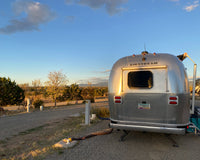
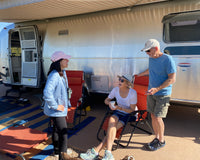
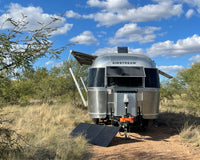
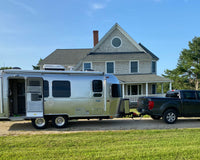
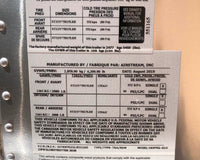
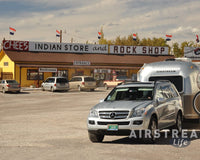


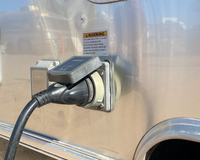
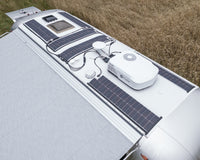




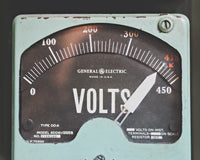


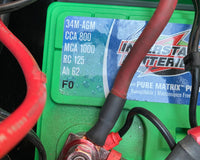
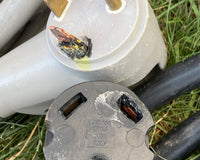
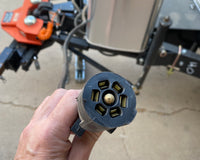
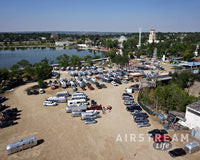
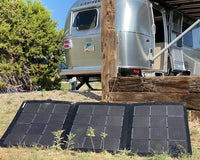
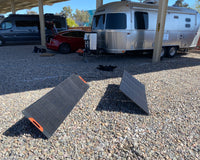
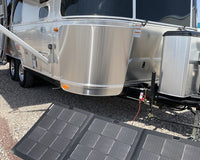
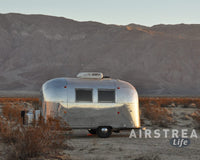

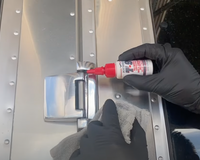
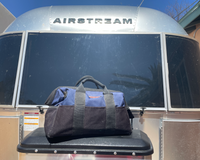
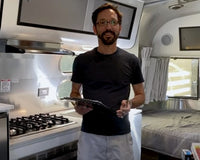
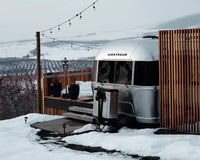
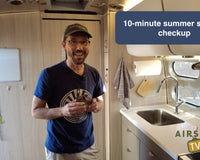
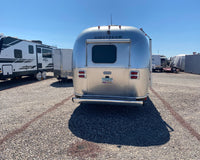
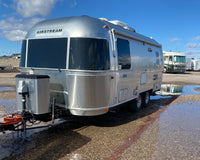


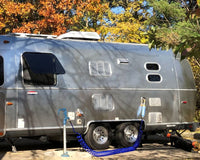
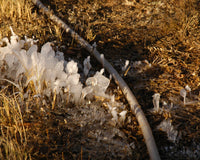
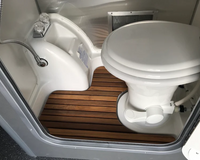

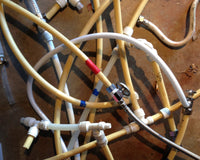
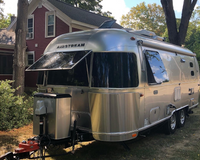
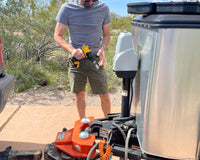
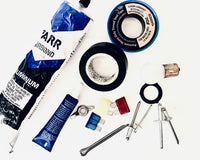
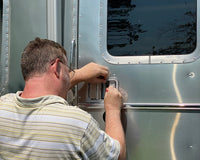
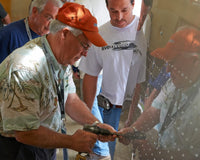
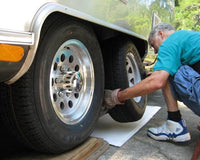
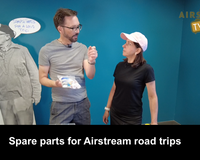
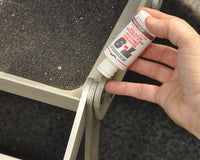
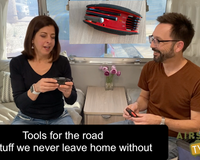
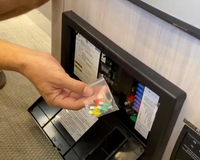
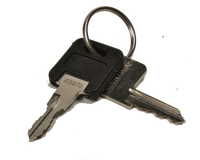
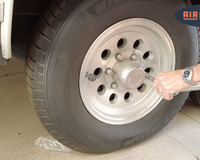
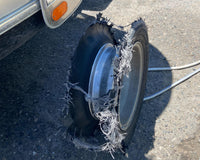
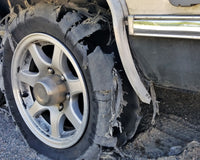

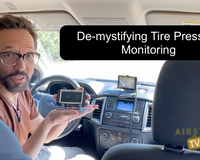
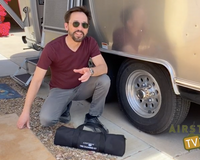

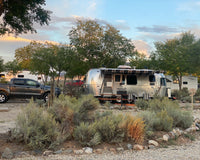
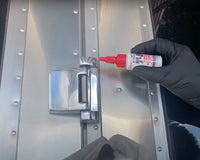

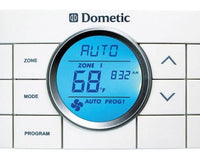
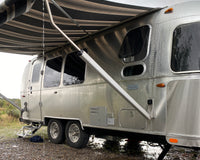
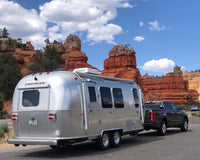
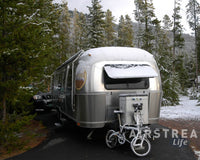
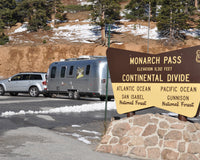
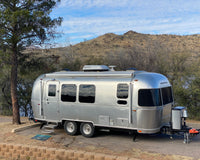
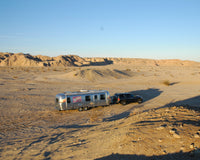
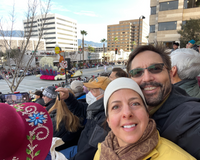

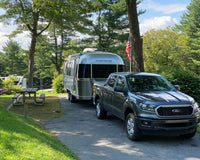
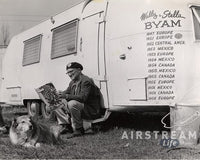
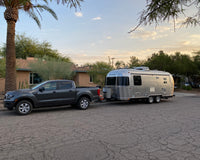
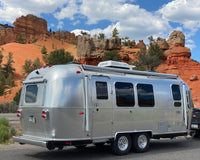
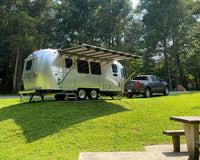
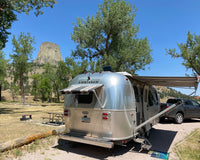
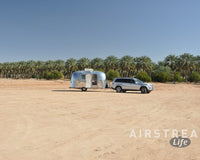
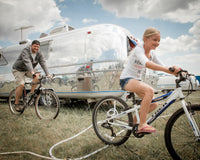

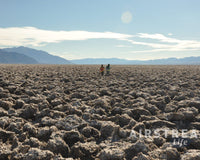
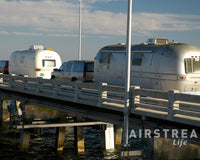
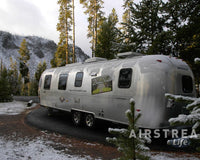
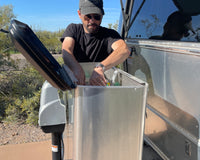
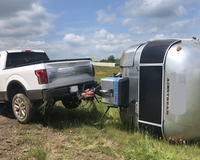
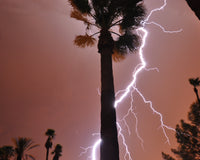
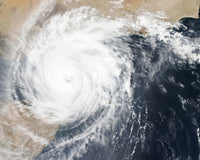
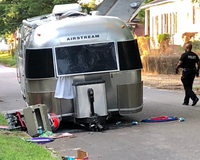
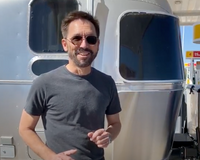
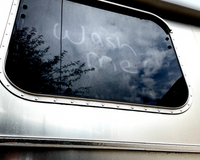
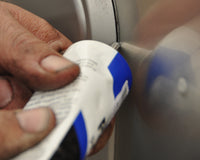
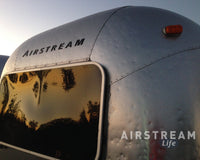
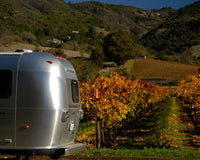
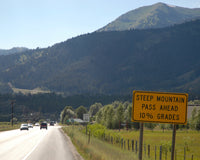
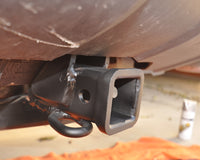
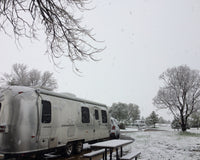
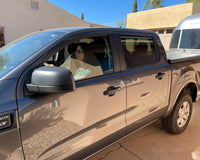
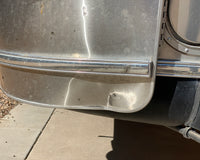

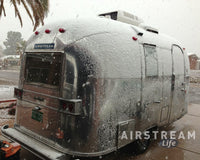
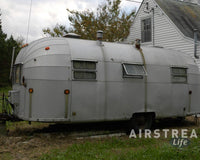
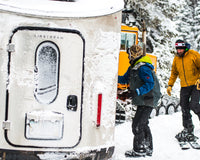
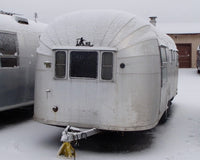
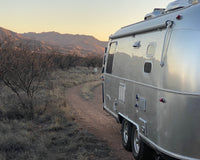
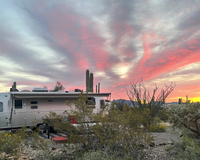
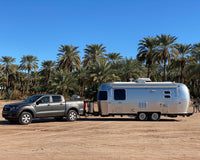

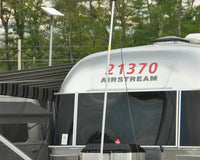
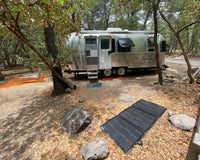
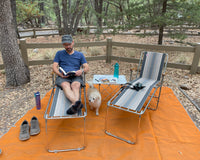


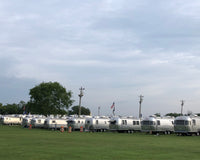
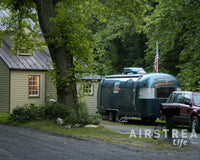
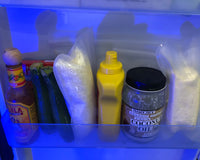
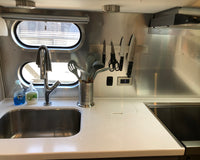
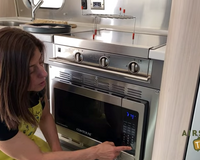
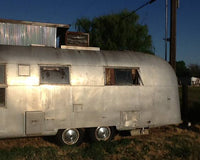
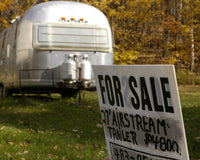
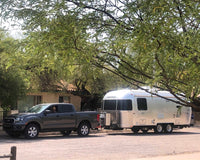
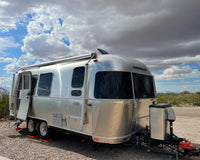
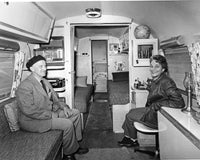
7 comments
Timothy West
I appreciate the value of turning it off, but I wanted to own my airstream so that I could work (and play) from a variety of interesting locations. I’m struggling to find an easy way to stay connected. I noticed you didn’t mention the Airstream Connect system they sell. Does it work?
Vince Arenas
Starlink only needs a small clear opening in order to connect. Placing it high like WiFi systems or tv antennas is not necessary. I have used ours in many different campgrounds with trees all around. I look for a small opening amongst the tress then I place dishy on the ground then I fire it up. Connection time depends on the location. That can take minutes or up to an hour. Once locked in it’s good to go from that spot especially when turning it off then back on when boondocking.
Jeffery Hammonds
Then you for this, and all of your blogs. I especially appreciate the link to the map showing cell phone connectivity across the United States.
For any suggestion or solution there are pros and cons, usually cons, that people are ready to put forth. Here’s our positive experience. My wife works remotely and we live remotely, full-time, in our Airstream. Our quest for connectivity has been found an answer in Airstream Connect. We have even been able to connect in areas in which every review stated there is no cell coverage with any provider. We know that eventually we might need another connectivity tool in our arsenal, but, after two years, this has been for us a fail safe tool.
Jennifer Sadugor
If you already download a movie from Netflix, does that take up bandwidth/campground WIFI? Thanks.
David Byrnes (AS Club 2015)
Rich, very informative and looking forward to the winter’s issue story on Star link! Can you ALSO discuss the various features of conventional voice/data boosters, such as WeBoost? It would be helpful for feedback on interior proximity to indoor antenna. Always enjoy your reporting!
Lee
Rich,
Even when campgrounds have decent WiFi getting the signal inside an Airstream is problematic. Any suggestions on technology to get better signal inside an aluminum box?
Rich Luhr
Responses to questions above:
Timothy West: Airstream Connect is just a combination of a rooftop wifi/cellular antenna and a booster. Yes, it works, but it’s not magic. It’s subject to the same limitations as any other cellular or wifi system.
Jennifer Sadugor: Content already downloaded to your device isn’t streaming, so it doesn’t take up bandwidth/campground WIFI. But you may still need an Internet connection to authorize the content to play.
David Byrnes: A comparison of various booster/antenna combinations gets too deep in the weeds for me. You can find good information at https://www.rvmobileinternet.com
Lee: the best way to get signal inside the aluminum box is to install a good rooftop antenna. That’s one of the things Airstream Connect does, although there are many other options for similar technology.